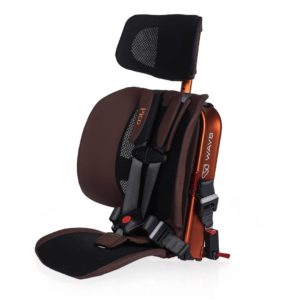My 16-year-old son just got his learner’s permit!
He can drive from 8 AM to 9 PM with a licensed driver in the car, and that driver is usually, of course, me. I have been thinking back to my own learning-to-drive years while trying to fill his knowledge bank with all kinds of safety tips—not just for driving, but for passengers as well.
Drivers are responsible for making sure all people in the vehicle—particularly kids—are protected. Take a look at our five car safety tips for kids.
5 Car Safety Tips For Kids
1. Choose the Right Car Seat—and Install It Correctly
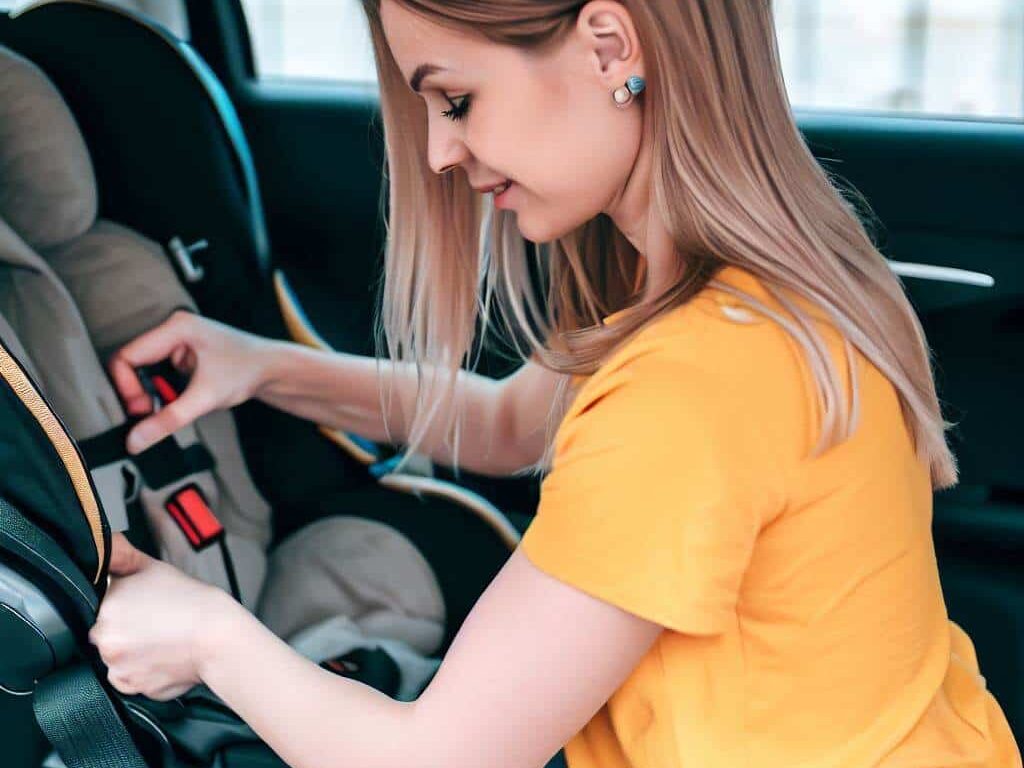
With so many car seat and booster seat options out there, picking the best one for your child can be overwhelming and confusing. However, having the right seat is essential—it’s the safest way for children to ride in a vehicle.
Rear-facing car seats are best for children ages one and under, although both the National Traffic Safety Administration (NHTSA) and American Academy of Pediatrics (AAP) say that children should stay in their rear facing seats until they reach the height and weight limit.
As kids grow, booster seats are required to keep their backs straight against the seat, and their knees bent over the seat. The shoulder belt should cross over the child’s chest and not touch the child’s neck.
You can have the best car seat out there, but if it is incorrectly installed, safety will be compromised. It is vital that you install the seat correctly, according to the manufacturer’s instructions.
If you are unsure if you installed your child’s car seat correctly, don’t hesitate to reach out to a child passenger safety (CPS) technician in your area. These people are trained to install seats properly and will be glad to check yours. You can go to the NHTSA website for a directory of locations.
Check NHTSA.gov/TheRightSeat for height and weight recommendations for your child.
2. Always Buckle Your Children and Yourself In
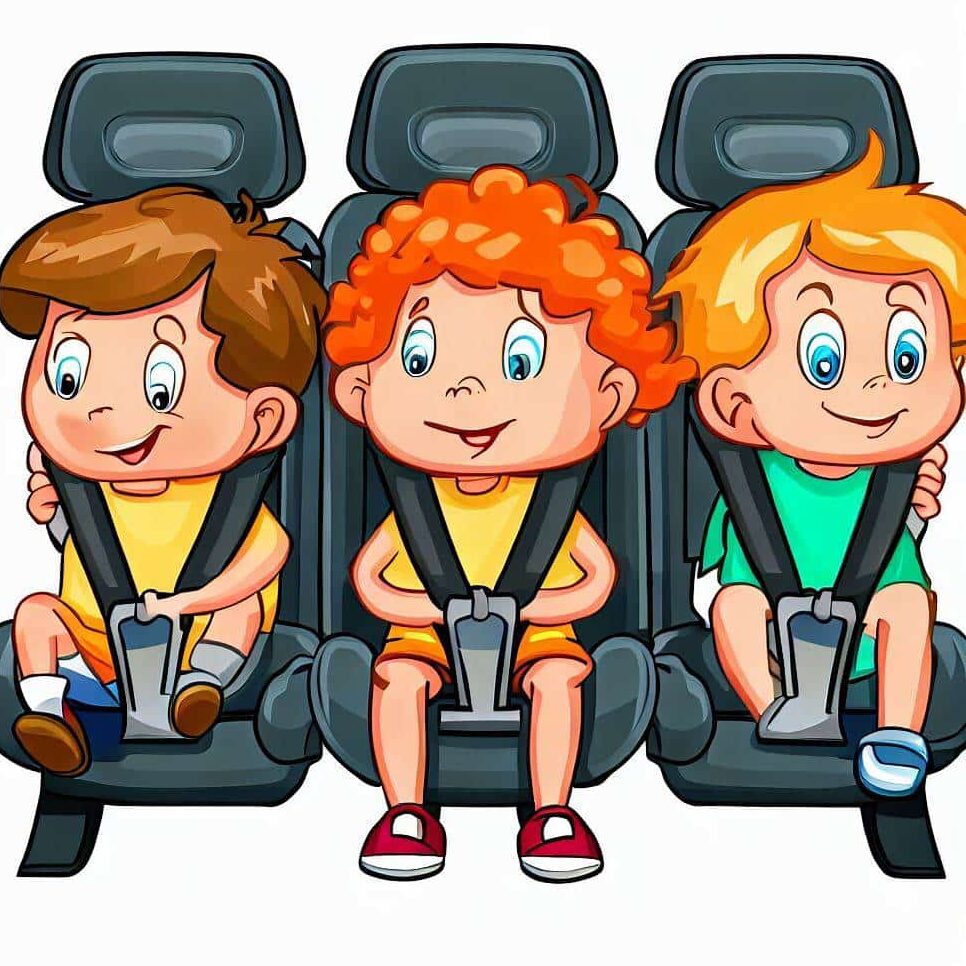
Motor vehicle crashes are a leading cause of death among those aged 1-54 in the United States, according to the National Center for Injury Prevention and Control. This is a sobering statistic and should not be taken lightly.
Make it a habit, even if you are only driving a block down the road, to buckle your children in his or her car seats or booster seats. If your child has outgrown his booster seat, make sure he buckles up using the shoulder and lap belt. Make sure you do the same—after all, you are showing by example.
If you’re wearing a seatbelt correctly, then the lap belt should be sitting low and tight across the upper part of your hips. It should not go across the top half of your stomach.
The shoulder part should fit snugly across your chest and shoulder, not under your arm or across your neck.
According to the CDC, children should ride in the back seat of the car until they are 13 years old. Passengers in the front seat are at greater risk of injuries; in addition, airbags can be fatal to children who are sitting in the front seat.
Also, vehicle restraints are designed for adults, and quite simply, children are not adults. They may be as big as an adult, but they are not fully developed and cannot be optimally protected by a seatbelt while sitting in the front seat.
It may be tempting to let a mature ten-year-old sit upfront, but the safest place is in the back.
3. Don’t Allow Distractions
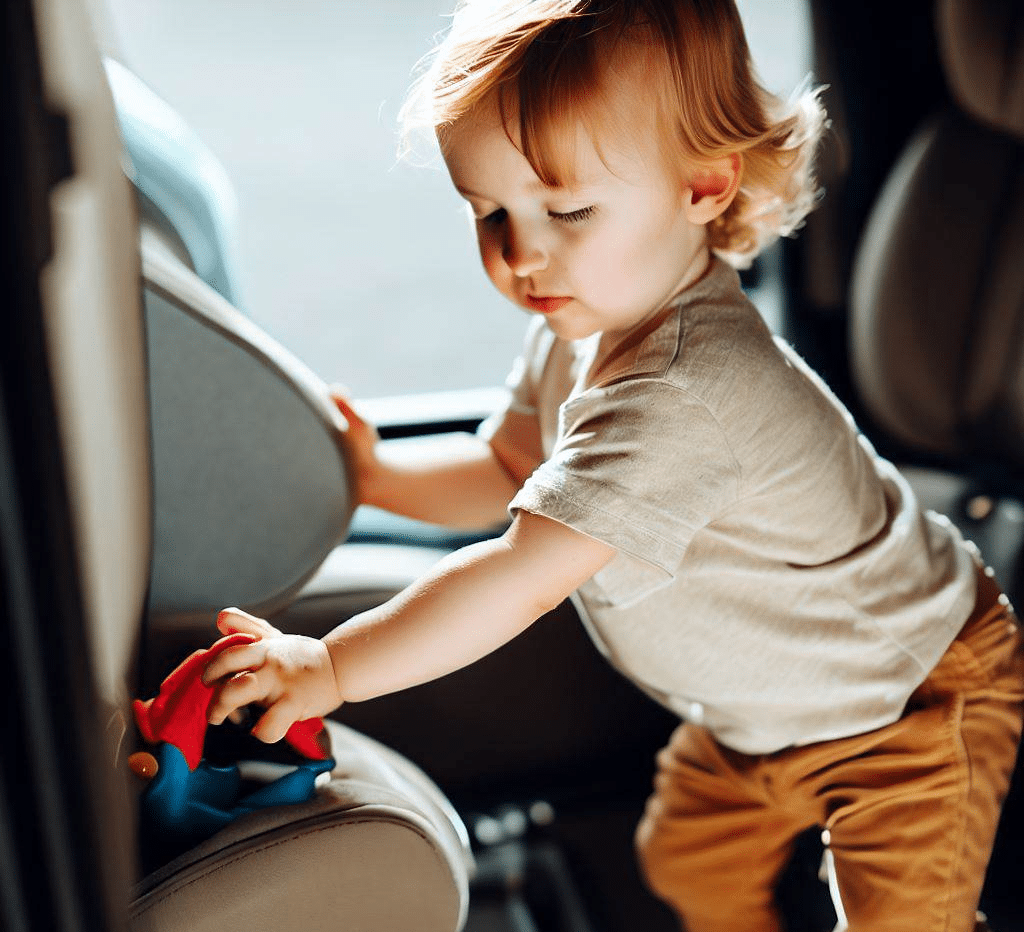
Distracted driving can cause accidents. When I was a kid, my siblings and I thought that riding in the backseat was the prime time to start arguments with each other. I remember my dad pulling the car over to tell us to knock it off. Fighting, yelling, pinching each other, etc agitates the driver and causes distracted driving. Teach your kids not to distract you in this way.
Also, stay off the phone while driving. Using the phone, especially to text while driving, causes distractions, and can cause an accident. All messages can wait until you are safely at your destination.
Unfortunately, 3,166 people were killed by distracted driving in 2017, according to the United States Department of Transportation. That is tragic, considering those deaths could have been prevented.
4. Beware of Power Windows
While they can be convenient, children have been injured, even killed by power windows, according to according to Kids and Cars, a nonprofit group that tracks auto-safety issues involving children.
The force power windows can exert is enough to fracture or crush bones. The three types of power window switches are:
- Rocker switches
- Toggle switches
- Lever switches
Rocker and toggle switches are more hazardous than lever switches, especially if they are installed horizontally on the armrest of the door. Fortunately, cars no longer make the rocker and toggle power window switches anymore, but if you are driving a car that was manufactured before October 1, 2008, you may still have them.
5. Don’t Leave Kids Unattended in a Car
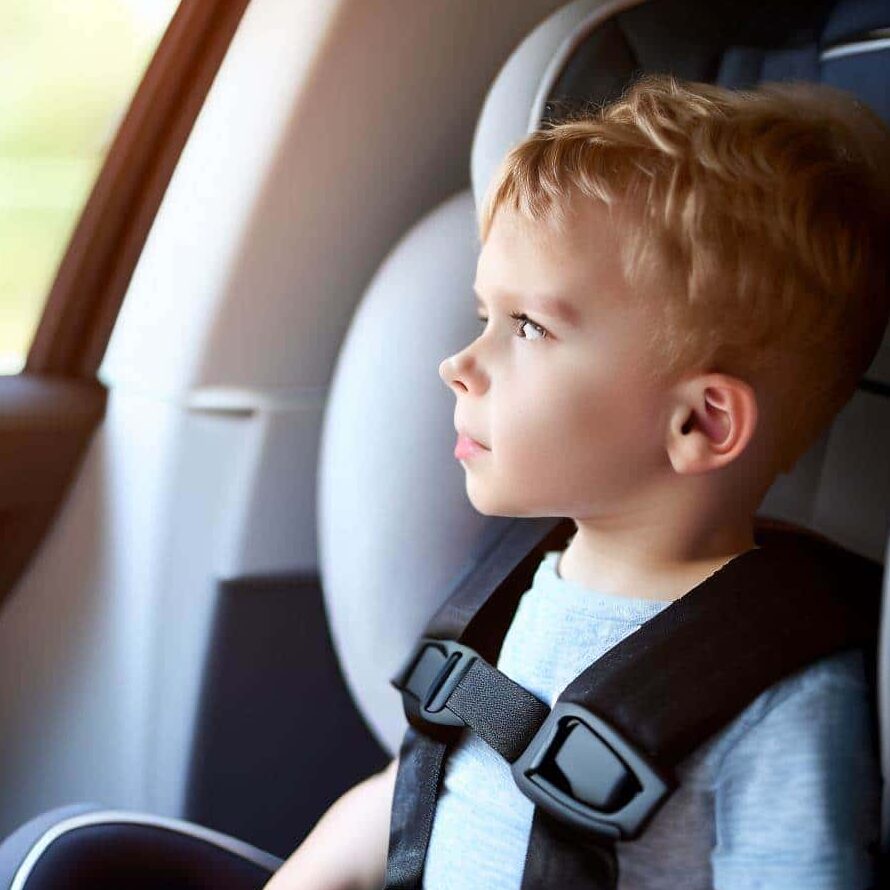
This should go without saying, but I am always surprised how often I see kids unattended in a vehicle, especially during warmer months. With children highly susceptible to heatstroke, leaving them unattended, even for a brief time, can be dangerous, even deadly.
In fact, according to an article by CNN Health, more than 36 children die in hot cars every year. These instances happen when a child has been forgotten in a car, accidentally locks themselves in a car or trunk, or in a small number of cases, where a child has been intentionally left in a car.
Another issue is that if a child is left in a car with the key in the ignition, it’s possible for the child to accidentally shift the car into gear and cause an accident. This may sound out there, but I knew someone who this happened to, and while the child was fine, it was scary and could have been a lot worse.
The Bottom Line—Stay as Safe as Possible
Accidents happen every day. There’s no preventing some of them, but some can be prevented, by wearing seatbelts and eliminating distractions while driving. Do all you can to keep your kids and yourself safe on the road!

